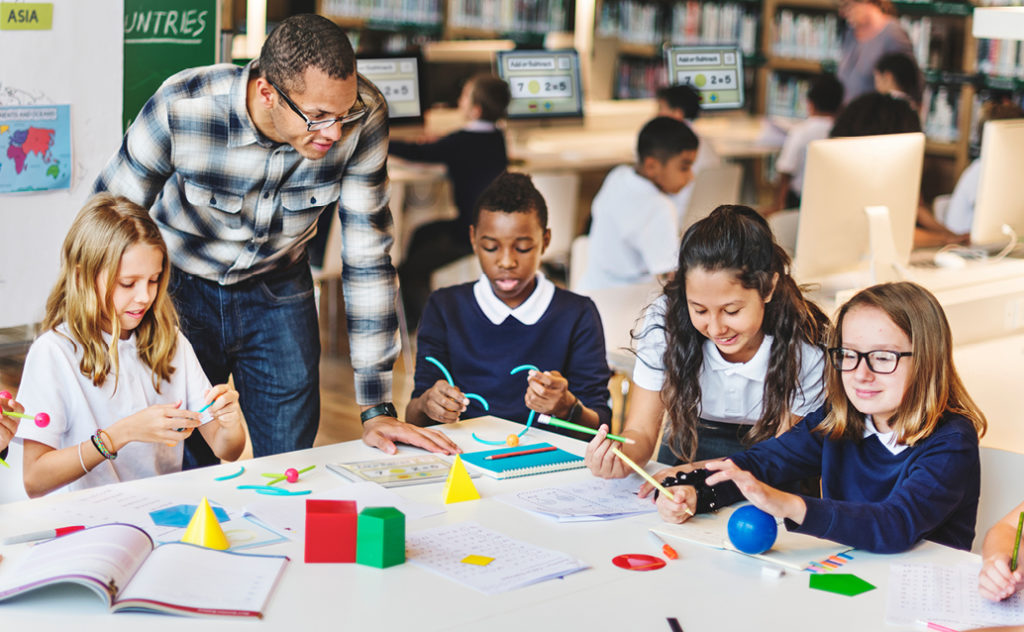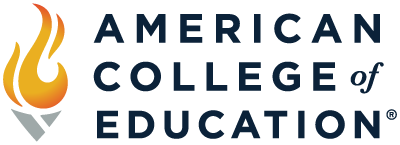
Whether you call them evidence-based practices, high-impact teaching strategies, high-yield instructional strategies or something else, educators always look for what will have the greatest impact on students. While a school year may feel like an eternity, time also goes by quickly. We realize how important it is to maximize every second we have with our students.
Focusing on evidence-based practices doesn’t always mean we need to make changes to what’s currently happening in our classrooms. They may just affirm what we’re already doing. Other times, we may need to make adjustments or consider additional methods to best meet the needs of each learner. But sometimes trying to figure out exactly what educational research dictates can be complicated and confusing.
Here’s a quick explanation of two concepts experts agree can have a significant impact on our students.
Collective teacher efficacy refers to the shared belief that, together, educators can have a positive impact on students, regardless of what they’re up against. This is connected to the ideas of John Hattie on making learning visible and Dr. Robert J. Marzano’s detailed framework and model for instruction, which include in appropriately challenging students, pushing students to think deeper, engaging learners in higher-level questioning, providing scaffolding and using graphic organizers to support student progress. Collective teacher efficacy necessitates establishing and maintaining a positive workplace culture, and involves the implementation of a solid support team for students that provides interventions depending on the needs of each learner. You can learn more about the power of collective efficacy here.
Multiple educational experts agree that teacher clarity is one essential component of evidence-based instruction. According to Hattie and Marzano, direct and explicit instruction with examples and clear explanations of what students need to know and be able to do are essential. Educators John Almarode and Kara Vandas expound on this in their book Clarity for Learning, in which they add that clarity allows students to take ownership in the learning process. They should be able to identify not only what they’re learning, but why they’re learning it and how they will know when they’ve learned it. The feedback loop, the continuous back-and-forth process between teacher and learner, also helps increase clarity and supports the learning process. For additional information on clarity, this whitepaper from Corwin contains great information.
When researching evidence-based practices, you’ll come across strategies for every subset of instruction imaginable – ELLs, early learners, struggling readers, students with disabilities, etc. It is a good idea to explore what evidence says about the particular population with whom you work and the content areas in which you teach.
And while evidence-based practices are a great place to start, educators should also be using data from formative assessments to inform their instructional approaches, adjusting accordingly to best meet their students’ needs. Through a combination of evidence-based practices and professional decision-making, educators can ensure they are making the most of every single minute they have with their students.
Stay up-to-date on the latest instructional strategies and teaching best practices. Explore American College of Education’s fully online education programs.

